GTC 2018 Day 2
Welcome to day two of things seen and places visited from the 2018 edition Alberta Ghost Town Convention (called the Mini-GTC, it’s anything but). It’s been going on a half dozen years now and has been attended by Team BIGDoer from the beginning, along with a wonderful group of friends, many also participating since day one and coming in from all points on the map. New attendees are always welcome, however.
As we’ve been heard to say before, this outing is more about the fun and comradery than the stuff documented. We could be photographing some old shopping cart and still have a blast. Odd how that works.
This day has exploring various locales in Wheatland County south of the community of Drumheller. We’ll take in many small towns mostly, wandering streets and back alleys, to see what we can find. It’s almost guaranteed there will be some old building or vintage metal to capture our attention. If it’s from back when, we’re all interested. Now let’s get down to business…
1) The 1924 built Grain Elevator in a place called Kirkpatrick, found along a former CPR branchline. The building today is owned by a farmer who uses it to store grain. You want to know more about it? Here: Prairie Sentinels – Kirkpatrick Alberta
2-3) We got a thing for them. Crossing over Kneehill Creek, it’s this here old truss bridge. It’s one of a huge number of similar spans found across the province along various backroads, most dating back to the 1920s-1940s period and with many painted the same blue/green. And most of them came from Dominion Bridge of Winnipeg Manitoba. This firm had the market cornered for structures like this and we see this builder’s plate all the time when out exploring.
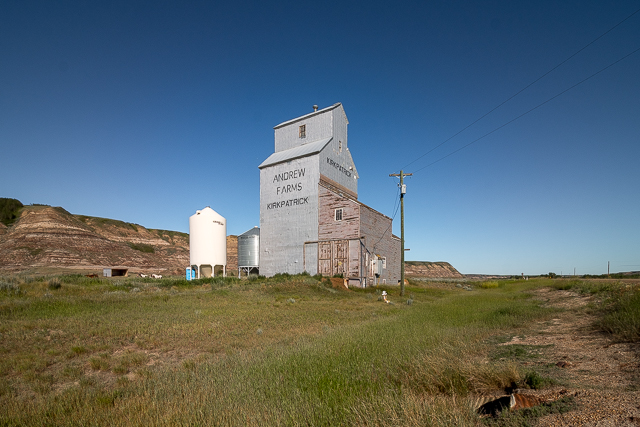
1) In Kirkpatrick Alberta.
4-5) We’re in the tiny community of Hesketh nestled in a little valley. There’s a few homes here (population is said to be 10), a disused school, a long abandoned railway line and plenty of peace and quiet. Surprisingly, this is our first time here, even if we’ve passed the turnoff to it a million times. We’ll be back. The old train station sign is seen tacked to one building.
6) Down the same valley, a little place called Sharples. At the peak there was a handful of homes here and a population maybe counted on one or two hands, and a couple grain elevators. One of the latter remains, still bearing the marks of its last owner P&H (Parrish & Heimbecker), who operated it from the 1920s-1980s. It opened concurrent with the railway arriving and closed concurrent the railway being abandoned. Know more and see our “Sharples” phone: Sharples P&H.
7) The view from the Sharples barn. This was connected to the elevator, and was where teams of horses used to pull grain wagons brought in for offloading were rested and watered.
8) This was the grate where grain was dumped. Imagine the volume handled over those years. All those trucks and wagons…now it’s all quiet with just the occasional gust of wind to break the silence.
9) Upstairs in the barn, a magic play of light.
10) A sign flipped upside down.
11) If you follow various Abandoned Alberta type Facebook groups, you’ll see this old backroad farm house often. It’s photogenic and is easily shot from the fence line (it’s posted no trespassing) and so is popular with people who document buildings empty and forgotten. That’s Allan there getting in the way.
12-17) These photos are from the community of Carbon.
12) Overlooking the town, this old church. Carbon dates from the 1920s and this building is likely from that time. It appears to be no longer used.
13) The town still has a number of open businesses, not necessarily open the day of our visit (a quiet Sunday) but during the week at least. Here’s the grocery/liquor store all locked up tight.
14) The Farmer’s Exchange, a building close to a hundred years old, that once housed a grocery and hardware store. Today it’s the town’s museum. Sadly it was closed on our visit…but we’ll be back. It’s a fine brick structure.
15) Up the street, the local hotel and watering hole. Many of the larger small towns have just such an establishment.
16) A “little library” and a sign advertising “moving picture shows” at the Farmer’s Exchange. The place did double duty as a theatre.
17) A chance find, the town’s namesake license plate. Carbon was named for coal mines in the area, although those all closed down long ago. Today agriculture and the petroleum drives the local economy. The town is home to about four hundred and fifty folks. On our visit, it was dead quiet. But it was a Sunday.
Interestingly Carbon, Sharples, Hesketh and Kirkpatrick all sit along the same abandoned CPR Branch, the former Langdon Subdivision. We visited it in the 1990s. Here: Prairie Sentinels – Carbon Alberta. The old railway line into Carbon lasted into the mid-1990s. East of town, so past Sharples and those other communities seen earlier, it was pulled up in the 1980s.
18-23) All shot in the community of Rosebud, population around ninety.
18) Right in the town, remains of a race track that operated in the 1950s-1960s. Hard to make it out, but look close and it becomes a bit more clear. Now it’s grassed-over as a walking path.
19) A John Deere Model D and Massey-Harris 101. Both are from about the same era (circa late 1930s – early 1950s) and today are lawn art. Rosebud is a “theatre” town and most every weekend you can catch a play here put on by the resident troupe.
20) A windmill? No, just a former motel room with that as a theme. Kitschy! Until recently, it was found in a place called Deadman’s Flat out in the mountains near Canmore but recently brought here. Would love to know what they have planned for it.
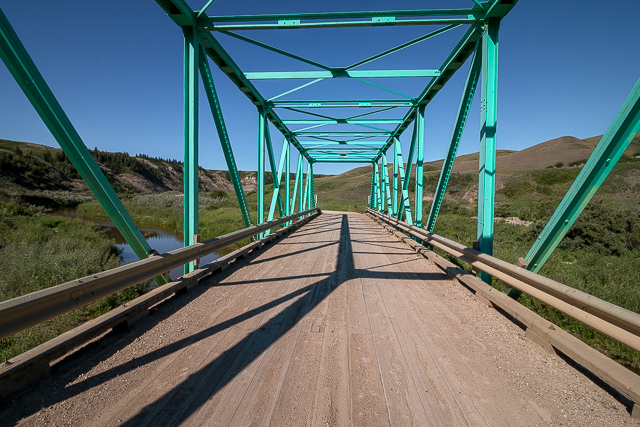
2) An old span found on some backroad.
21) Here’s the “Opera House” where the fun happens. From their website: “Rosebud Theatre is a hidden gem that excels in combining delicious food, gracious hospitality, and professional live theatre and entertainment in a serene and peaceful river valley. Come live the Rosebud Experience.” Chris & Connie did it once, some fifteen years ago, and think it might be time to pay a revisit.
22) G Scale Trains, big enough to be used out of doors. Grain elevators like that used to be a thing with near every prairie town home to one or more. Most are gone now.
23) An unremarkable building, a small cabin, that has us wondering who lived there and what’s their story. That’s how it is with every building we see. And they need not be spectacular, just old.
24) In Dalum, population this many (holding up a few fingers). There’s a couple homes here, a fire hall, community centre and this photogenic place, Bethlehem Lutheran Church of Dalum dating from 1929. It was built by Danish Settlers and is in the style of how it was done back in the old county.
25-30) Pictures from tiny Chancellor Alberta, population that close to zero (said to be five).
25) Here’s the last grain elevator in town, dating from the 1910s-1930s period (info is spotty). Metal sheathing, reflecting the sun, is a fire mitigation feature. The buildings and contents are very flammable so measures had to be taken to keep it safe. That is the spout for loading railcars and the little arrow tells train crews which side to spot empty cars. They were always placed up-arrow. But why? Glad you asked. The siding had a slight grade and this allowed cars to be rolled out of the way and a new one spotted using gravity alone. The arrow indicated which way was down grade.
26) The building is owned by a local farmer who uses it for storage of his crop. Before that the firm Cargill operated it, up to the late 1990s or early 2000s (again spotting info). “Annex” bins are a more recent addition. Want to know more about it? Go here: Prairies Sentinels – Chancellor Alberta.
Wavy lines on the bins are called a Moiré Pattern. These are accidental and were not caught until publication. Most times, but not always, they can be fixed in post. But here we figured it’d be a good chance to explain the issue, which can crop up from time to time. Simply, it’s an interference pattern caused by finely space repeating lines at slight angles to each other, so ridges on the bins in this case, which can overload a camera sensor.
27) The rail line on which we’re standing dates from 1912 and was pulled up some fifteen years ago. You can see the footings of another annex once located beside the elevator. That’s a fall arresting cable strung between those supports which would be tied into by those entrusted to the load rail cars.
28) The Chancellor Memorial Hall has been moved a half block of so to a new property. It used to sit out on the main street atop a crumbling foundation. Think of the move as having saved it. To see where it was: Prairies Sentinels – Chancellor Alberta. We wonder if it was a store of some kind before? The layout of those windows sort of hint that.
29) This late 1950s Chevrolet “Apache”. Grain box marks it a farm truck.
30) This faded old sign. The hall would have been used for community events, dinners, concerts and such. Now it’s all quiet.
31-41) The last shots all captured in Hussar, population just shy of two hundred.
31) An angular face only a mother could love, this early 1980s Ford F Series Medium Duty.
32) We don’t know what this disused building was (a store perhaps?), but “something special” is written over the double doors on left. Looks like it’s reasonably kept up.
33) This Ford “N” Series Super Duty from the 1960s. What a brute!
34) R-E-O = Ransom Eli Olds the fellow behind REO Motors, a firm that made trucks (mostly) founded in 1905. Olds, in the 1890s, founded the company Oldsmobile, but divested himself of these holdings just prior to starting REO. Oldsmobile later became a division GM…and the rest they say is history. Ransom? What an odd given name.
35) The front end of an REO Speedwagon, with that iconic dual swept back oval-ish slatted grills. Beaten and battered, there’s still a beauty about the truck. This would be a 1940s/1950s model. REO lasted into the 1960s before merging with a rival, with that resultant company lasting into the 1970s before it too shuttered. In the early days REO also made cars. This make is not terribly common in Canada. Yes, the band was named after the Speedwagon model.
36-37) This is a Fargo made by the Chrysler Corporation, actually a rebadged Dodge pickup sold at Plymouth Dealerships circa 1930s-early 1970s. These were sold all over the world but not in the US. This model run was from 1939-1947, with most produced post WW2.
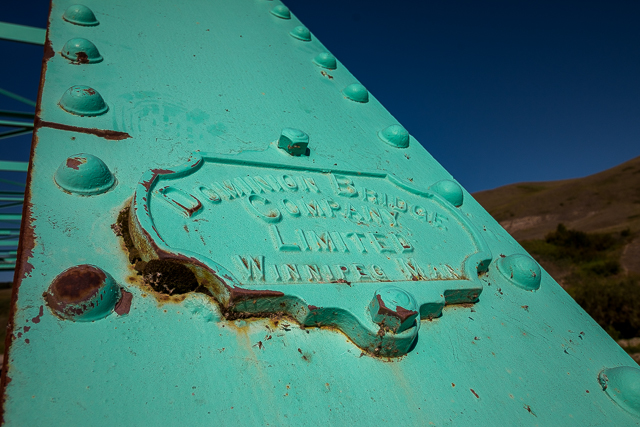
3) By Dominion Bridge.
38-39) This is a 1949-1953 model Studebaker 2R pickup. Love the colour! And that hood ornament. It was pretty rare to see one of these, even back in the day. Studebaker made trucks into 1963 and cars into 1966 (in Canada, for the US car production also closed in ’63). To see a late model Studebaker Car: Studebaker, Canada’s Own Car
40) And last but not least, this 1948-1950 model Fargo. Looks like a Dodge, but isn’t. This confuses the heck out of many US vintage vehicle aficionados that might see one while travelling in Canada. Raised eyebrows and a “what the heck?” Mechanically, they’re the same as their Dodge brethren.
And on looking at the clock it’s late afternoon and time to call it a day. For some it’s a long drive back from where they came. We say our goodbyes, a few holding back the tears, and point ourselves in the direction home. Some of these friends we see all the time, where as for others who live outside our regular stomping grounds, it’s only at this event. With the 2019 Alberta GTC roughly a month away (as of the publishing of this piece), we’ll all meet up again, old friends to be reunited. And we’ll be out there again exploring and having a blast. These weekends just fly past. Can’t wait for it…
If you’d like to participate in the Alberta GTC, search out the “Mini GTC – Ghost Town Convention (Alberta)” on Facebook. There’s also Saskatchewan and Manitoba editions at times, neither of which we’ve attended, account scheduling conflicts. But we so badly want to.
The first helping…
GTC 2018 Day 1 – more “wow” places visited.
The year before…
GTC 2017 – out in the “Special Areas”.
If you wish more information on what you’ve seen here, by all means contact us!
Date: July, 2018.
Location: Wheatland County, Alberta.
Article references and thanks: Jason Sailer, organizer of the event.
Everything was shot from public property or with permission.
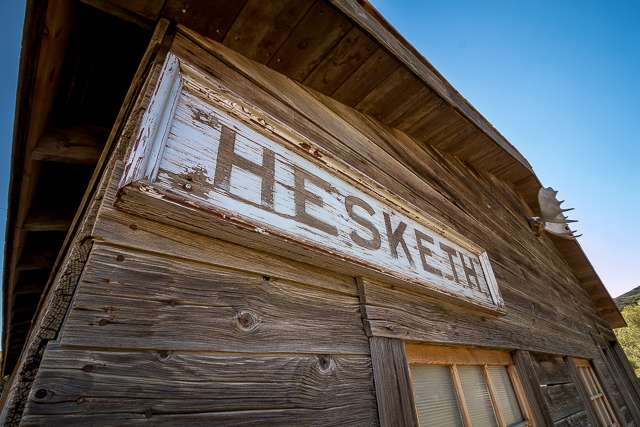
4) This old station sign.
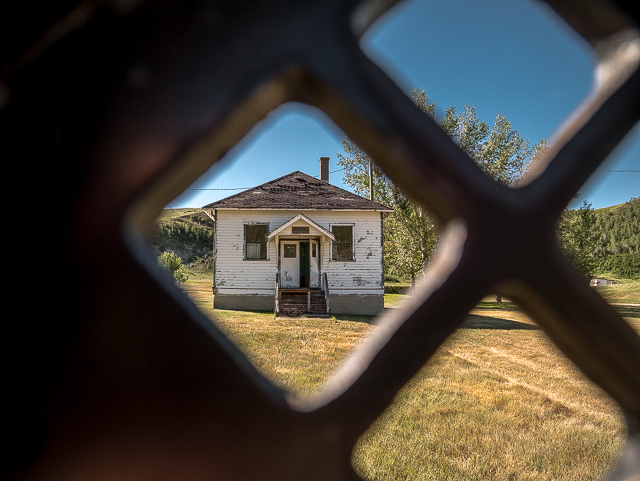
5) Hesketh School.
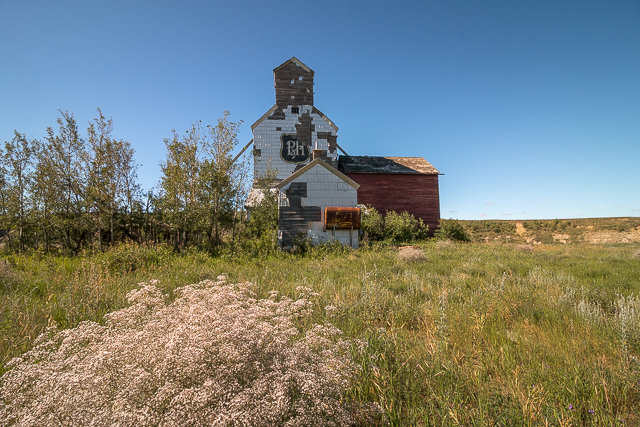
6) Arriving in Sharples.
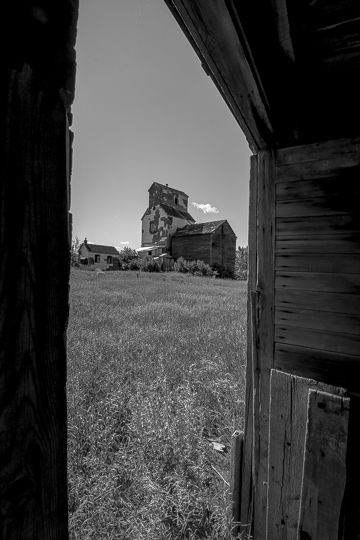
7) Barn door view.
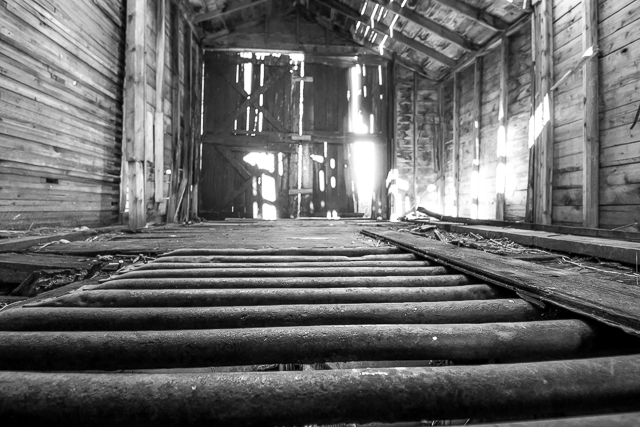
8) All quiet now.
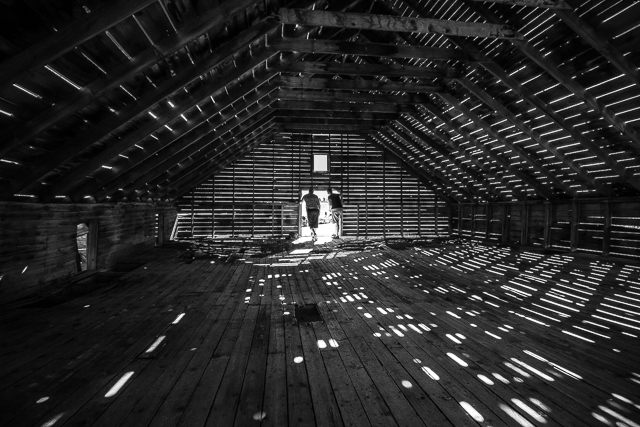
9) A play of light.
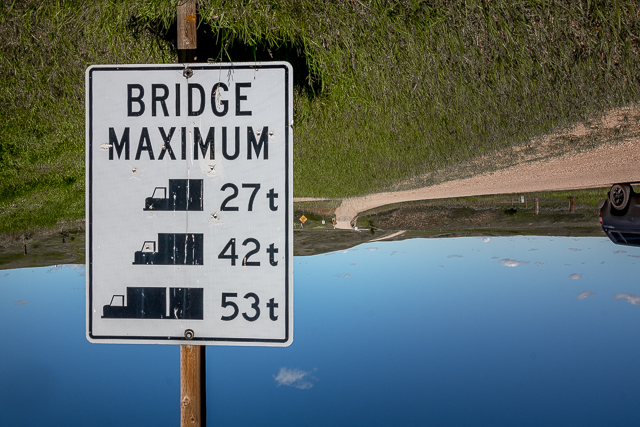
10) Has world has turned upside down?
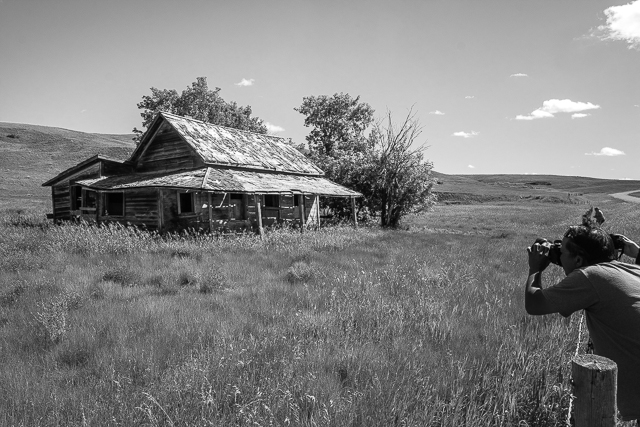
11) An old farm that’s photographed a lot.
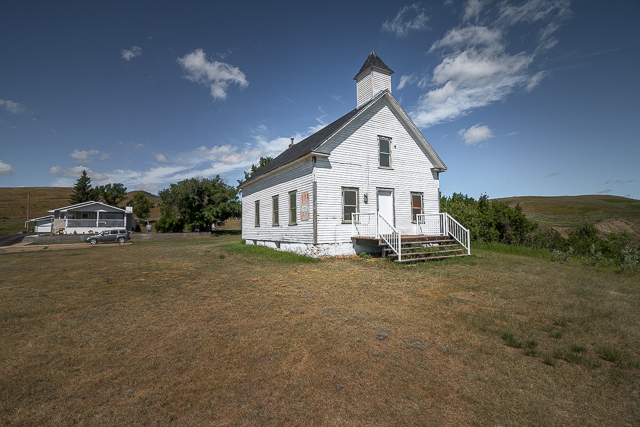
12) This little church in Carbon.
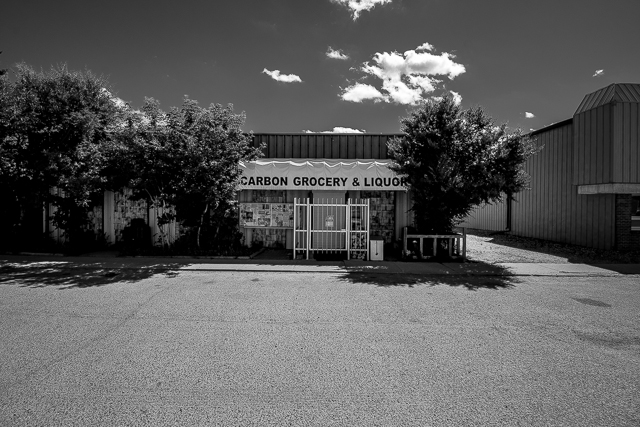
13) Closed today.
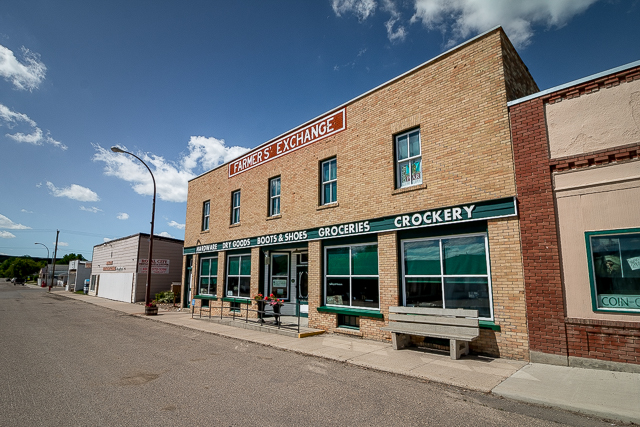
14) The Farmer’s Exchange.
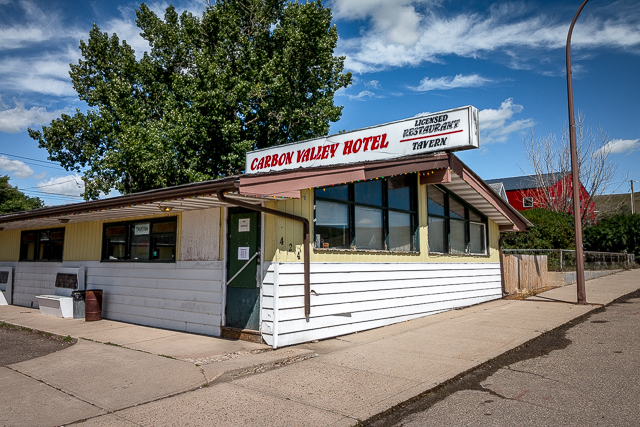
15) A place to stay.
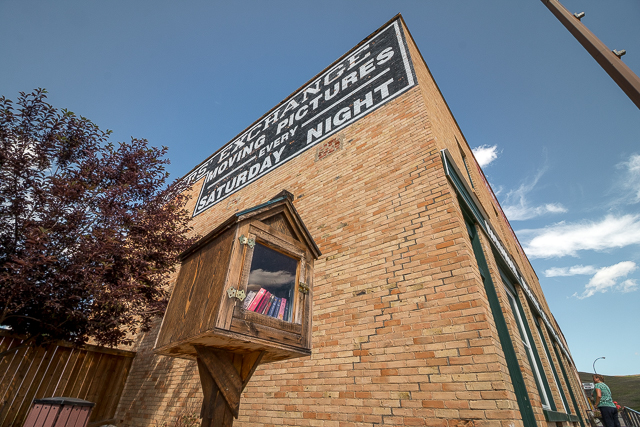
16) “Moving Pictures every Saturday Night.”
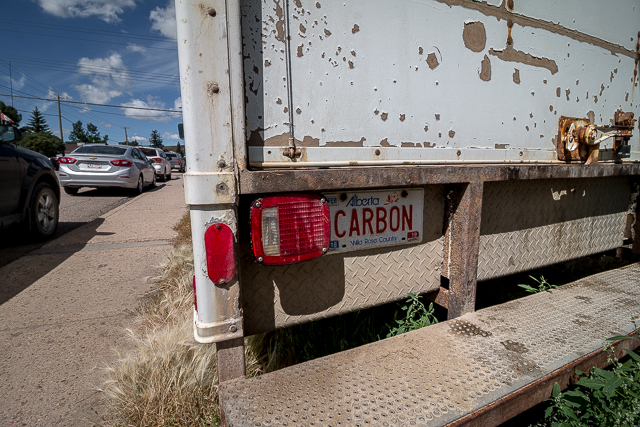
17) A plate of the same name.
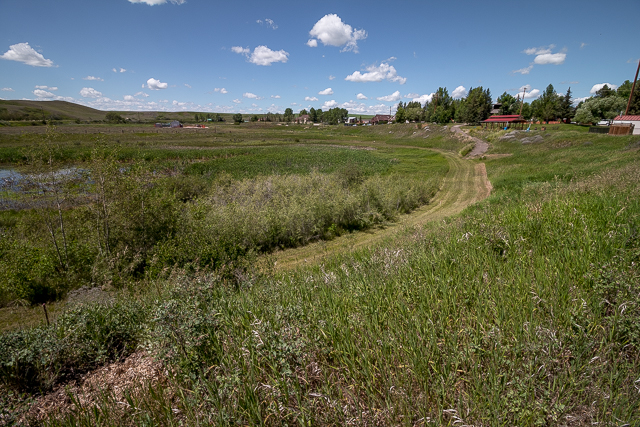
18) In Rosebud…an old race track.
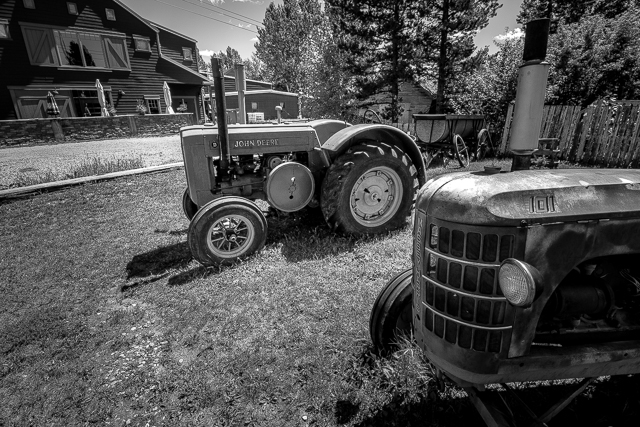
19) Vintage iron.
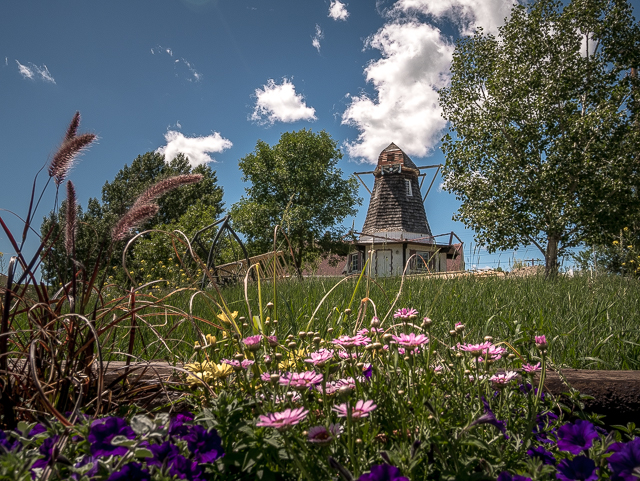
20) From Deadman’s Flat.
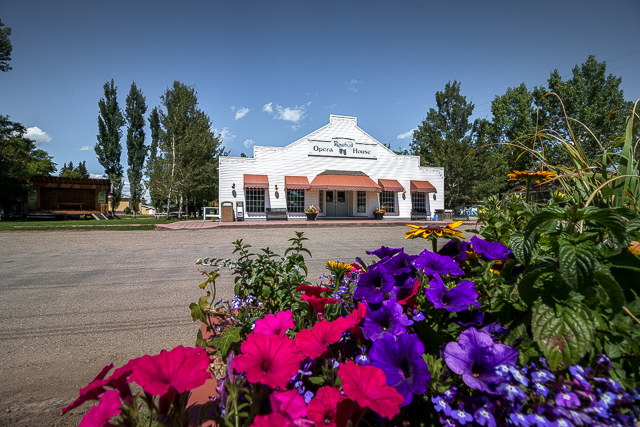
21) The “Opera House”.
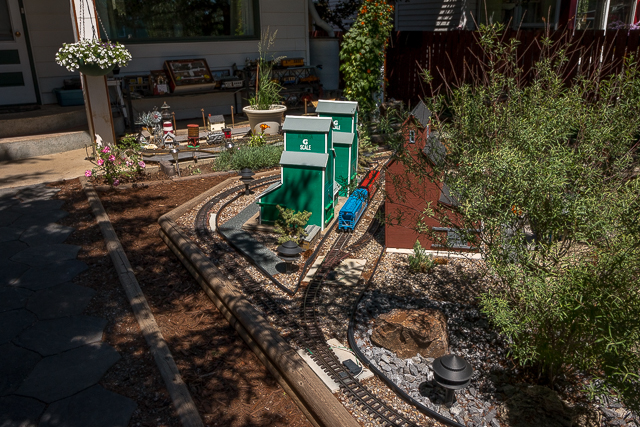
22) Lawn ornaments.
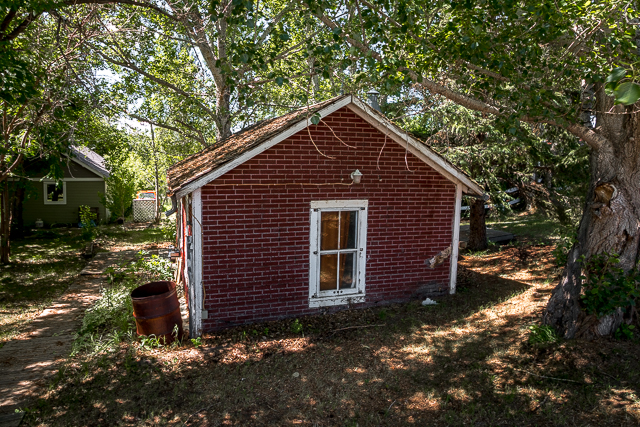
23) This humble cabin gets us thinking.
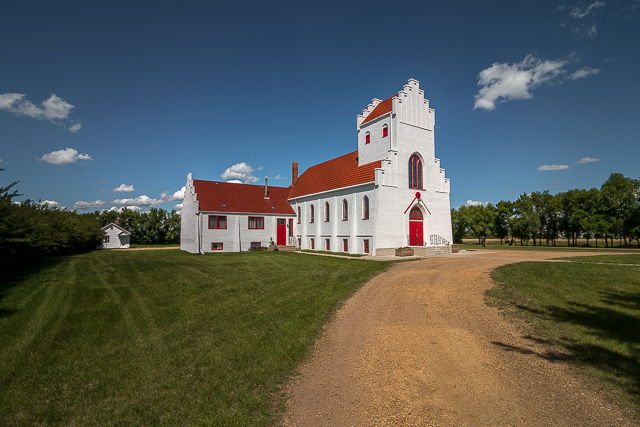
24) Dalum’s Lutheran Church.
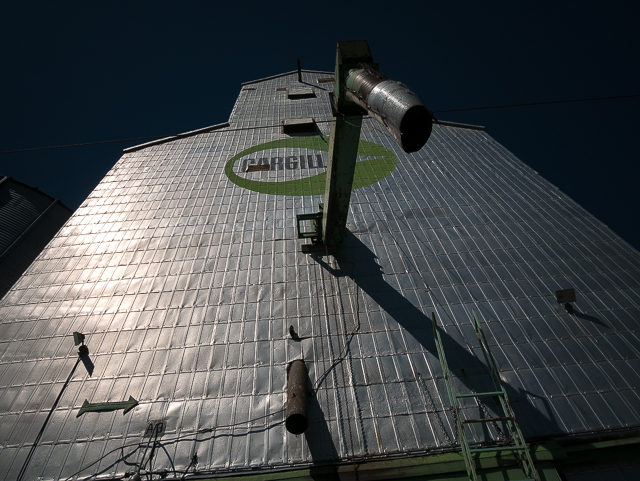
25) In Chancellor.
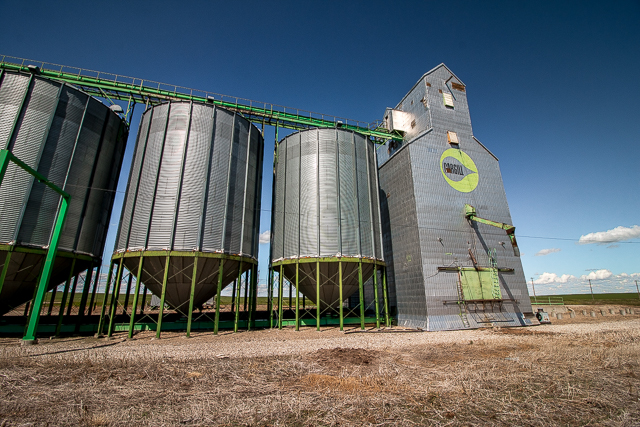
26) Now owned by a local farmer.
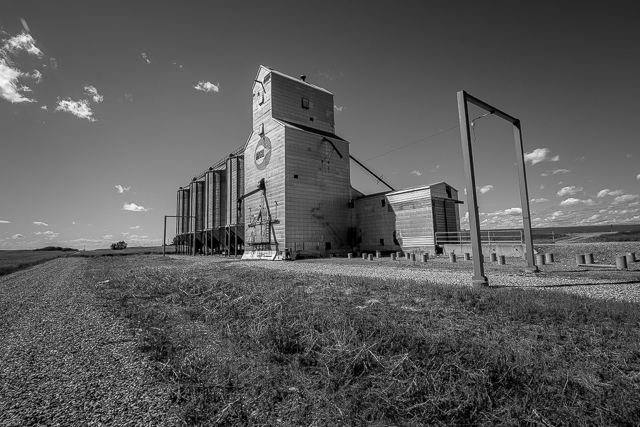
27) The rail line is long gone.
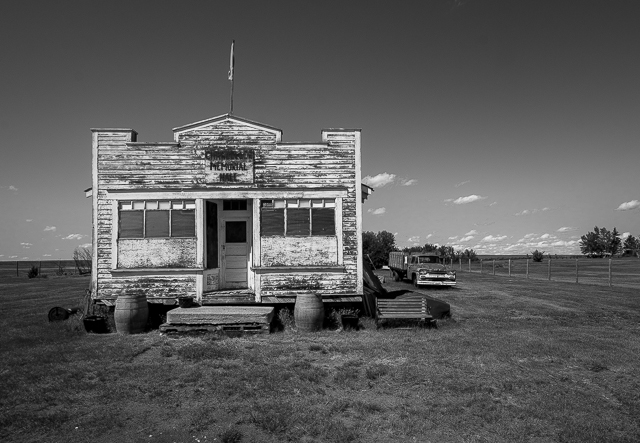
28) This hall has been relocated.
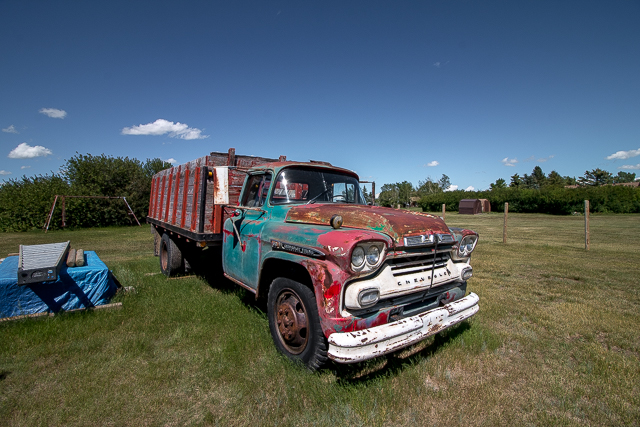
29) A tired old grain hauler.
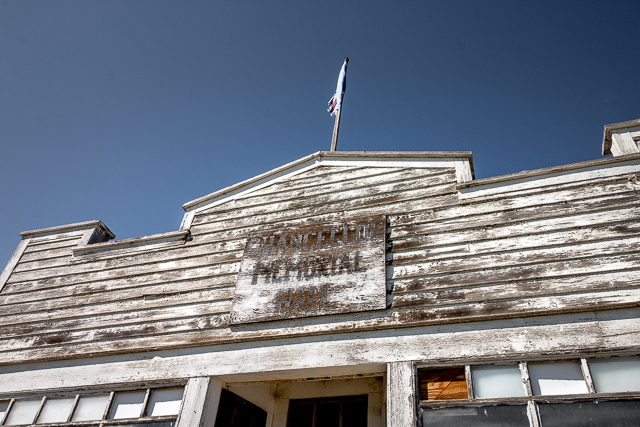
30) The faded sign.
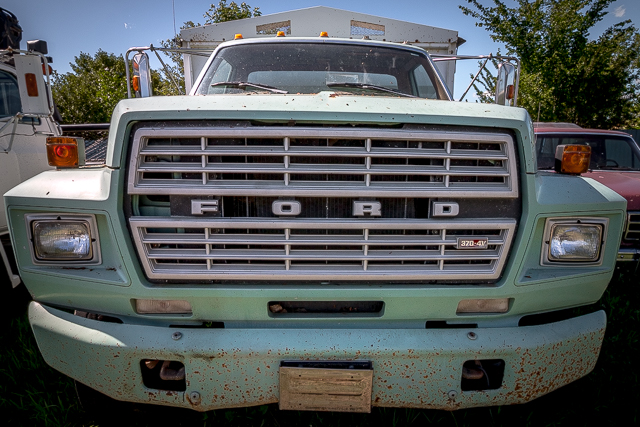
31) From the 1980s.
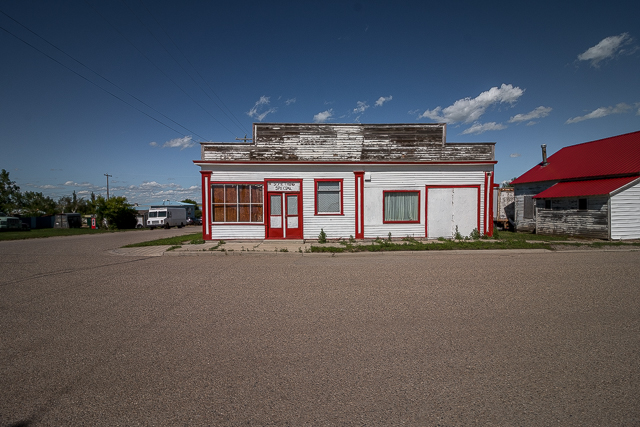
32) On the ground in Hussar.
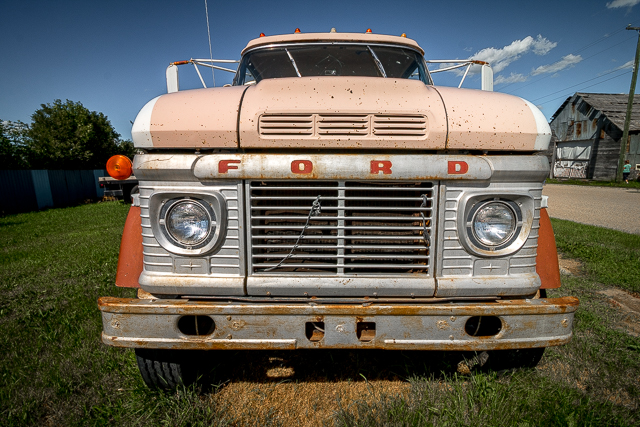
33) An “N” Series.
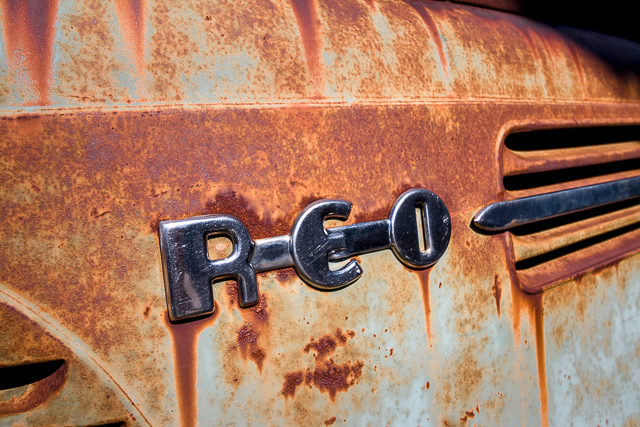
34) R-E-O.
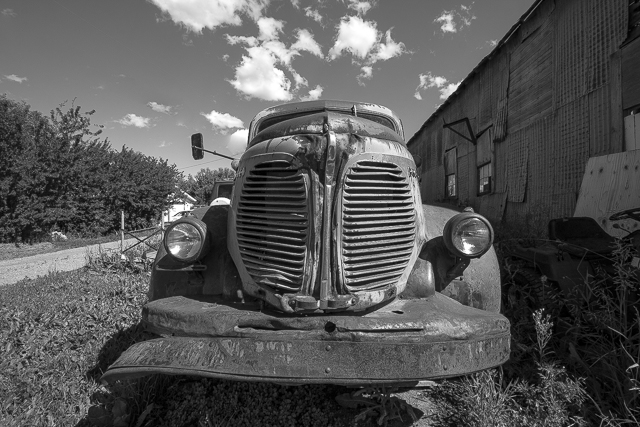
35) Battered but still beautiful.
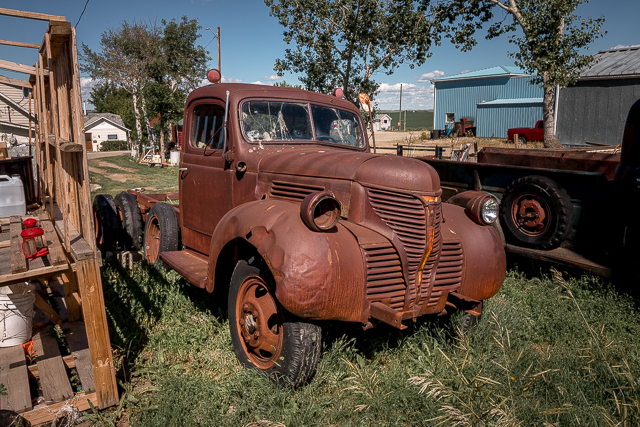
36) A product of the Chrysler Corporation.
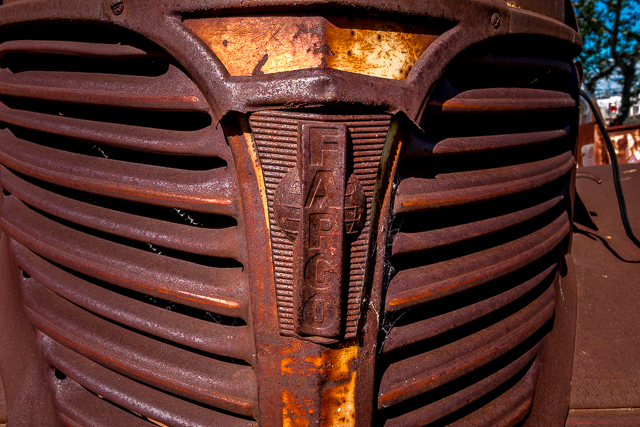
37) Sold at Plymouth dealers.
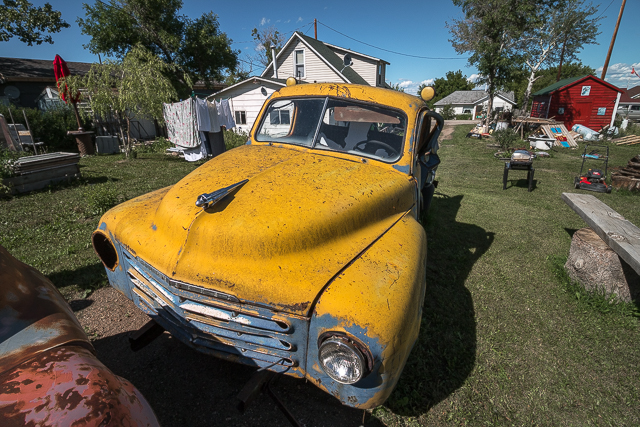
38) This “2R”.
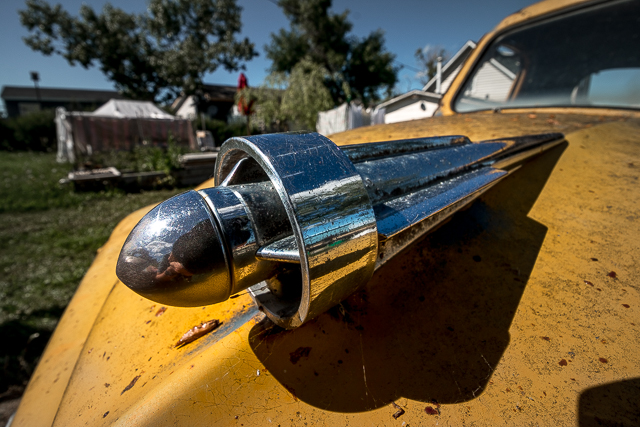
39) It’s a Studebaker.
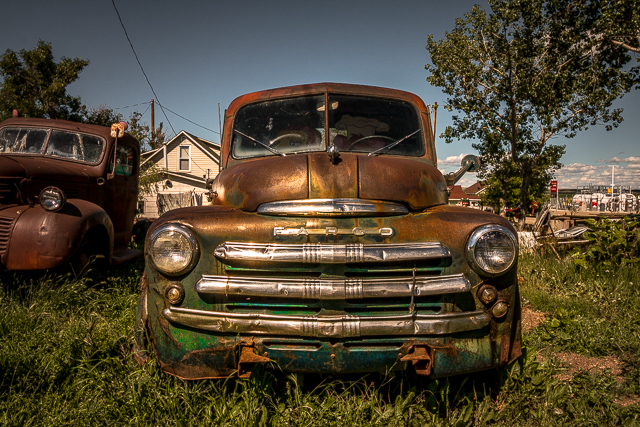
40) A 1948-1950 model.

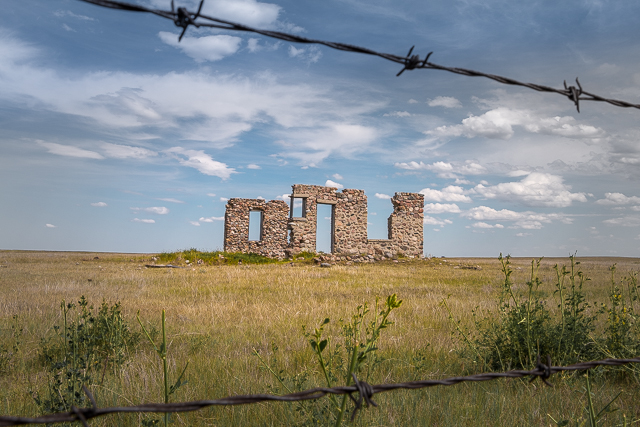
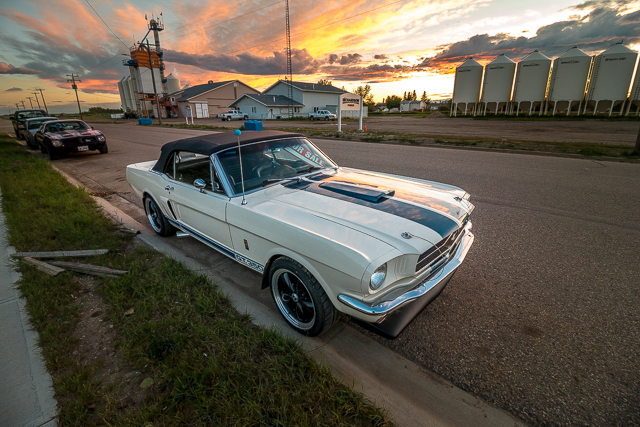
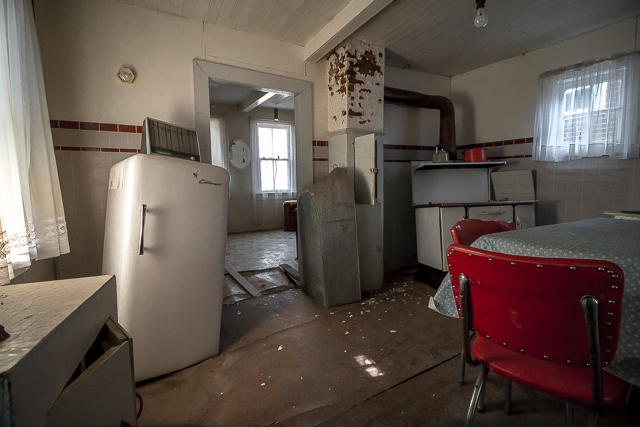
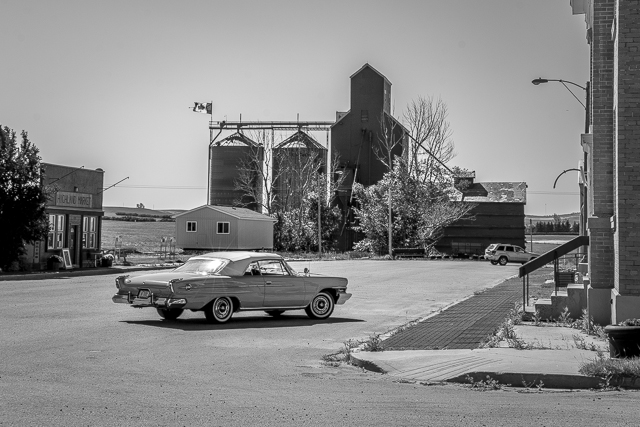
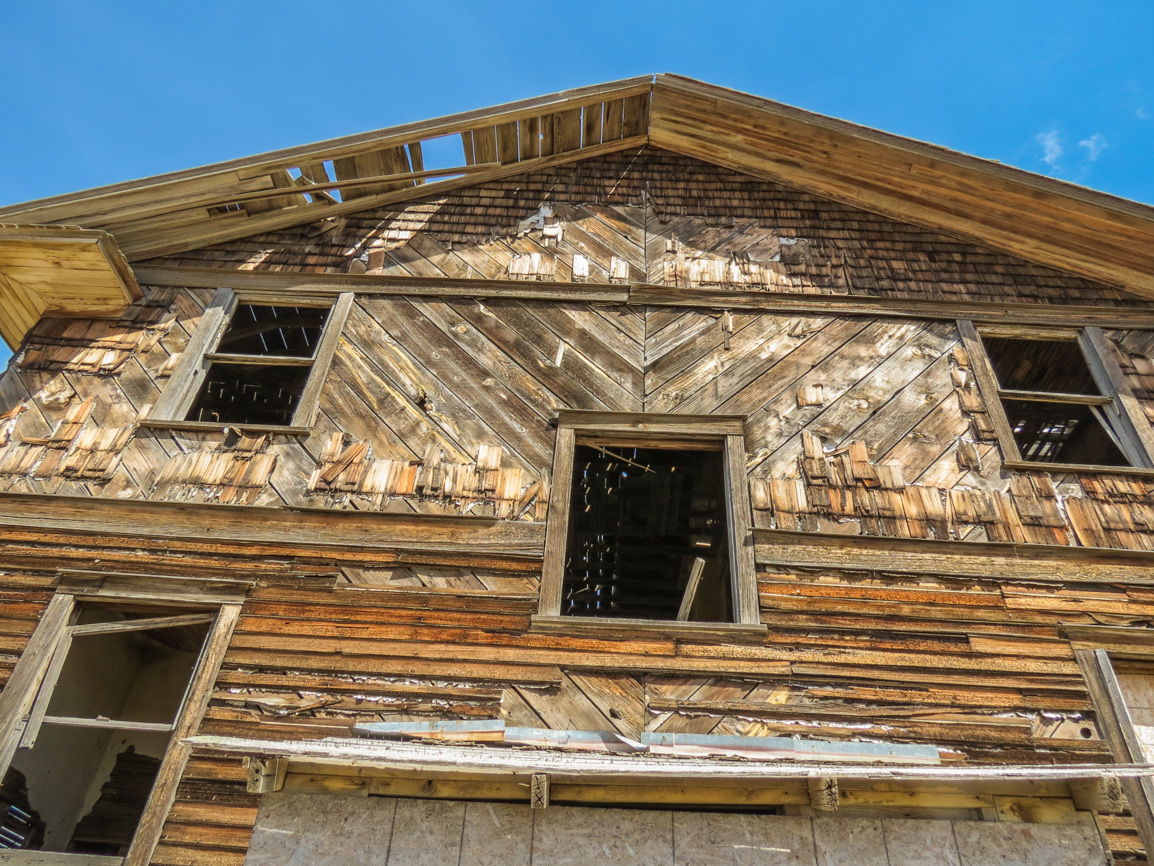
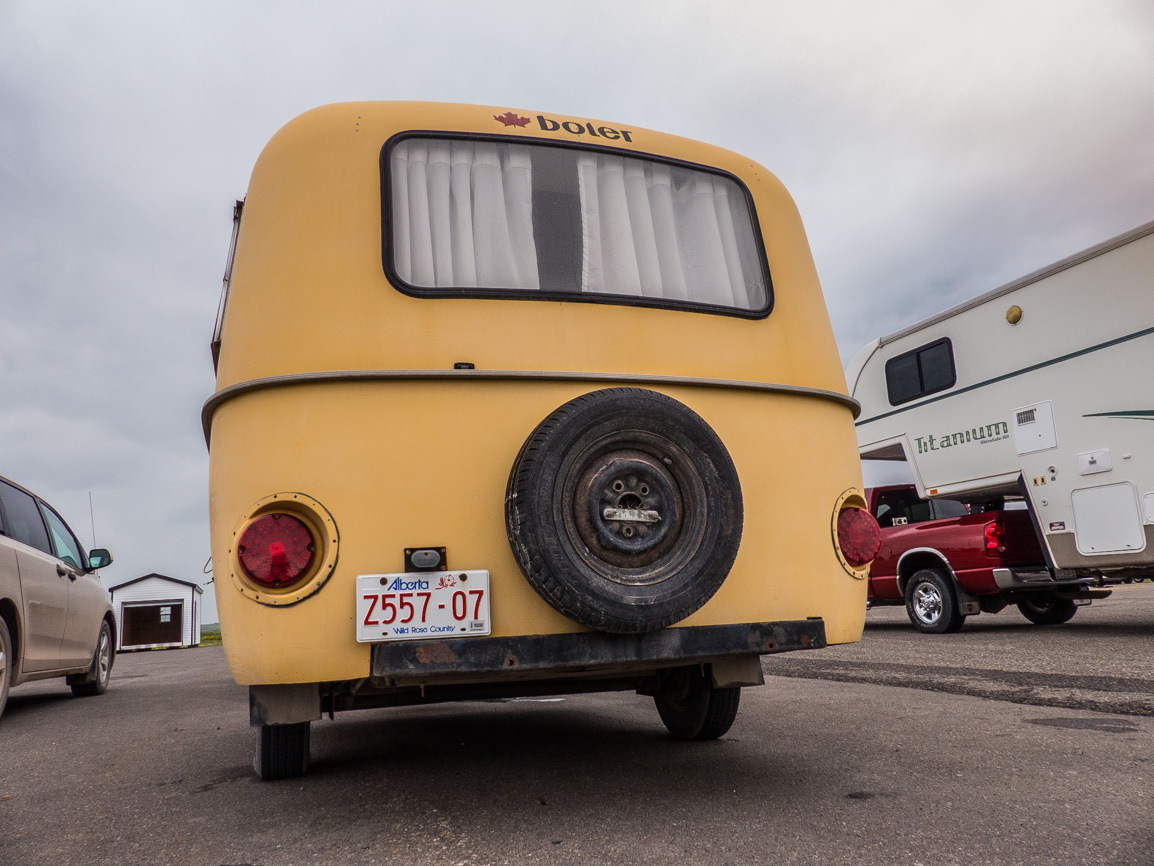
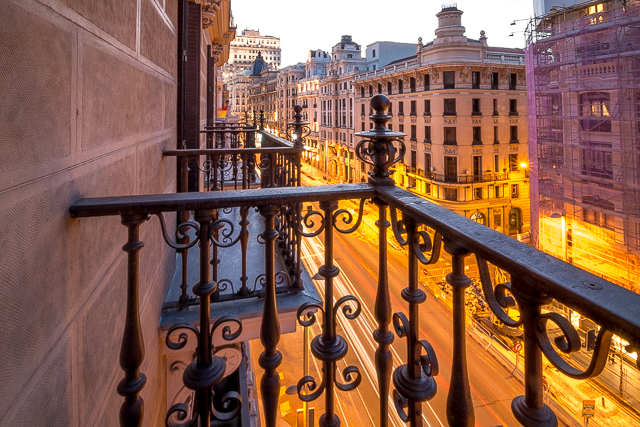
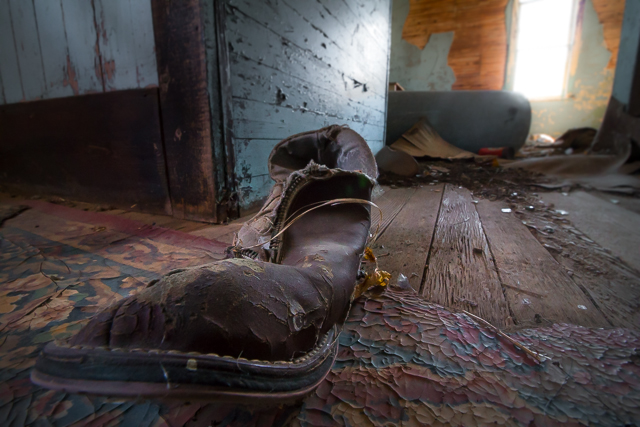
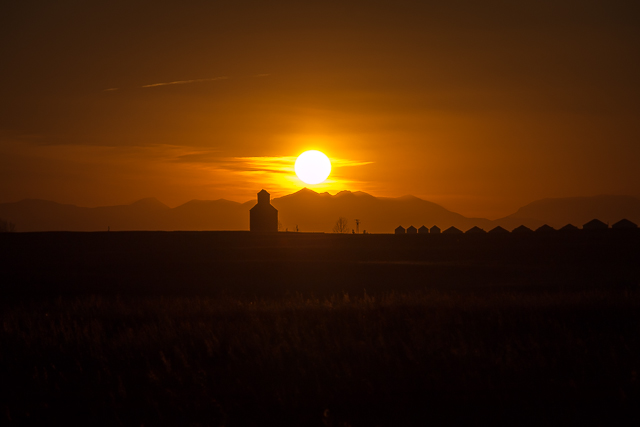
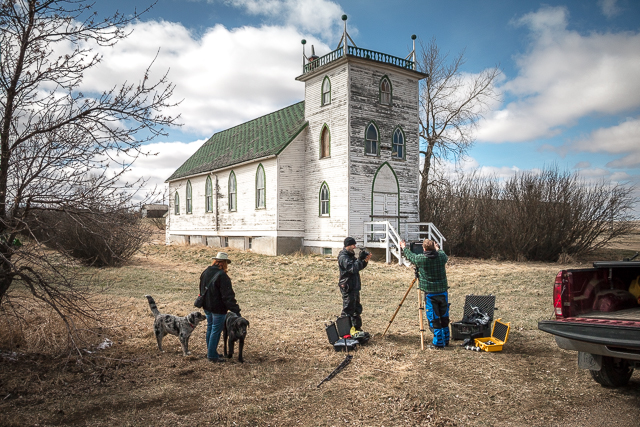
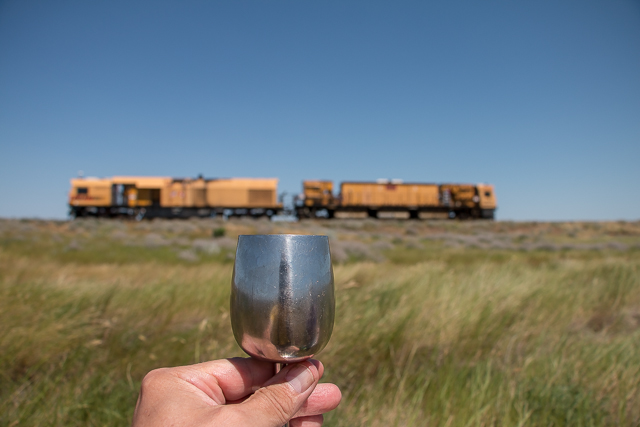
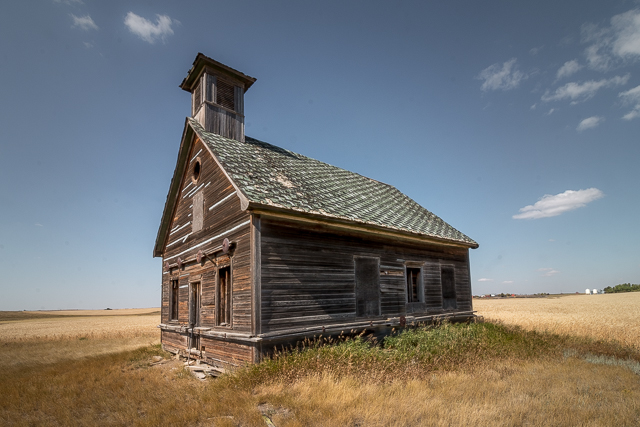







We’ve been following this website for years…that Stude’s in company colors.
You noticed, didn’t you? Yellow is a thing for us.
A great time was had by all!
With you there, how could it not be fun?
Can’t wait! 🙂
Us too!
I am so glad you guys attend our events, we have a great group. Thanks again!
Already looking forward to next year!
To me it looks like a happy church….
It sure does. A happy place is a welcoming place.
How do you get involved with this event? Thanks!
Search out “Mini GTC – Ghost Town Convention (Alberta)” on Facebook and talk to Jason Sailer.
My parents were married there (Dalum).
Cool. What a nice venue to tie the knot.
So beautiful….
Glad you like what you see!
This (Dalum) is one of the nicest church buildings in Alberta.
It is gorgeous.
What a great idea. Those are some incredible photos.
We always look forward to it. So much fun. And sometimes there’s some nice photos that come out of it.
Looks like a typical danish church.
Most Danes were Lutheran.
Bingo! It was built by Danish Settlers.
that is some stunning pictures.
Thank you. When your having a blast with friends, photos come easy, if one remembers to take them!
Okay I’ve never heard of a ghost town convention. Is there a separate website for it?
It’s a ton of fun Glen. If interested, search out “Mini GTC – Ghost Town Convention (Alberta)” on Facebook.
Hi Glen, you can message me and we can discuss for next year 🙂